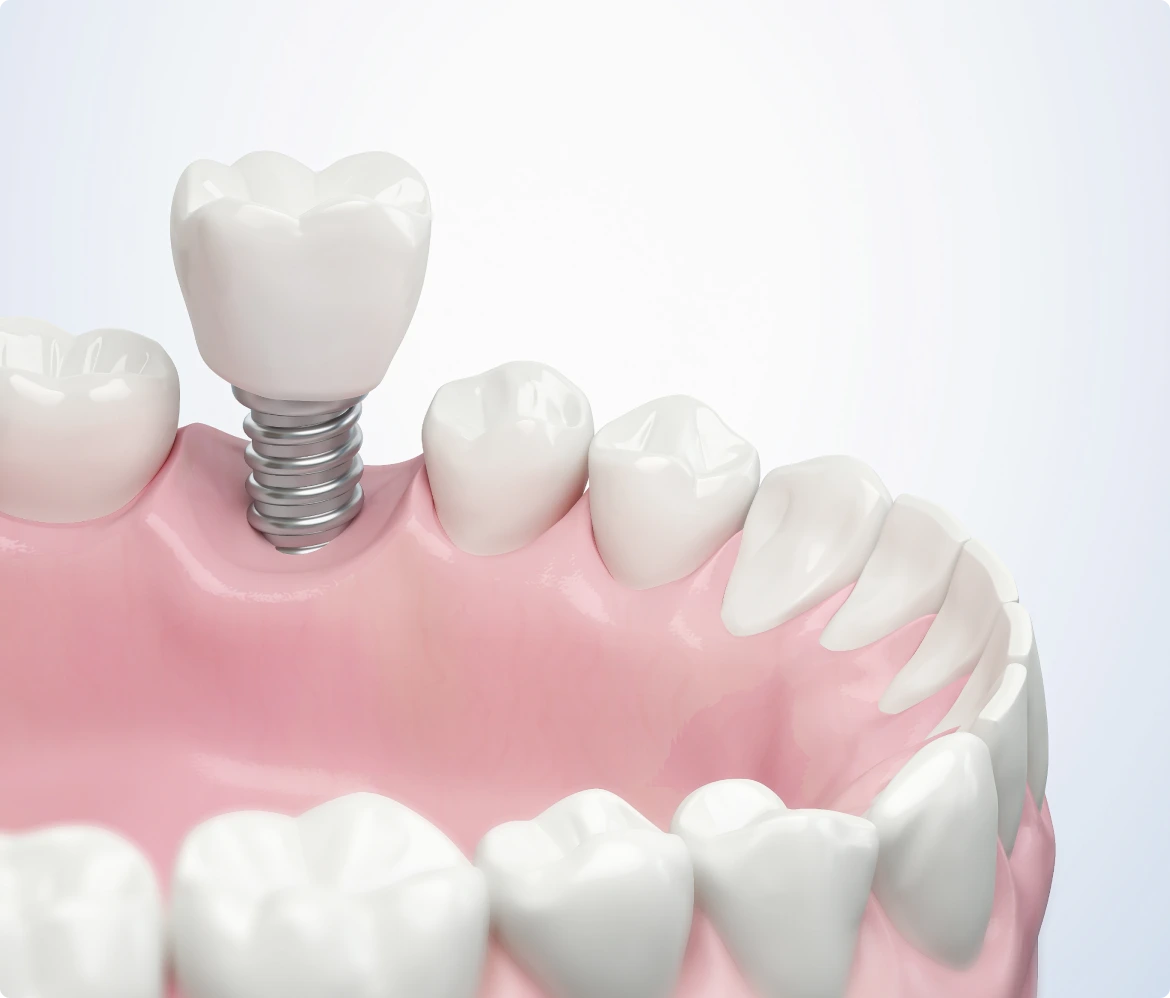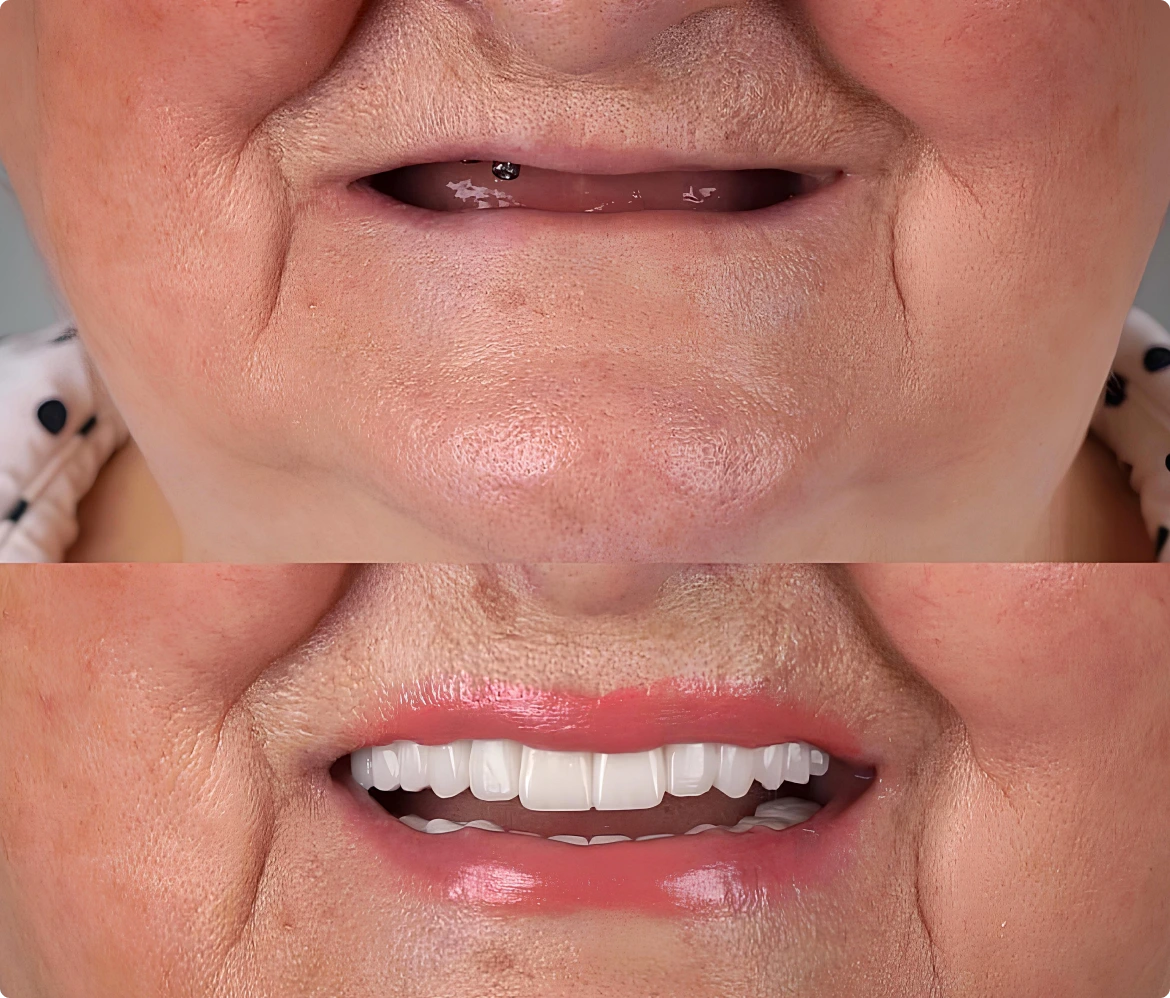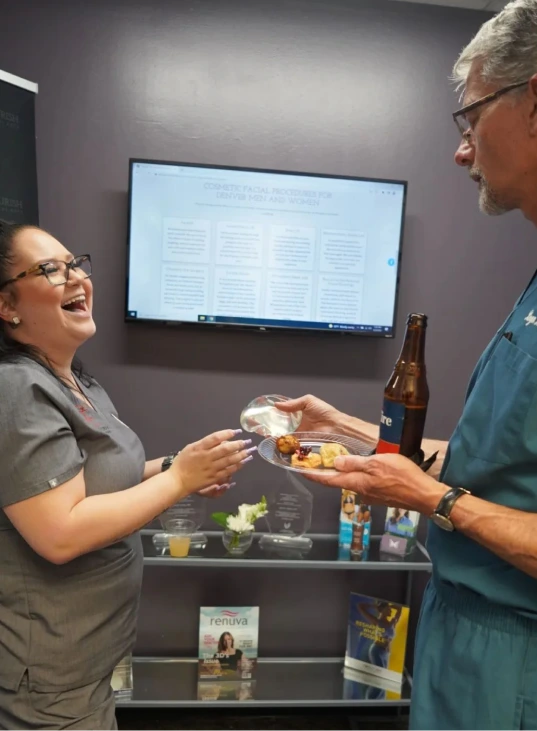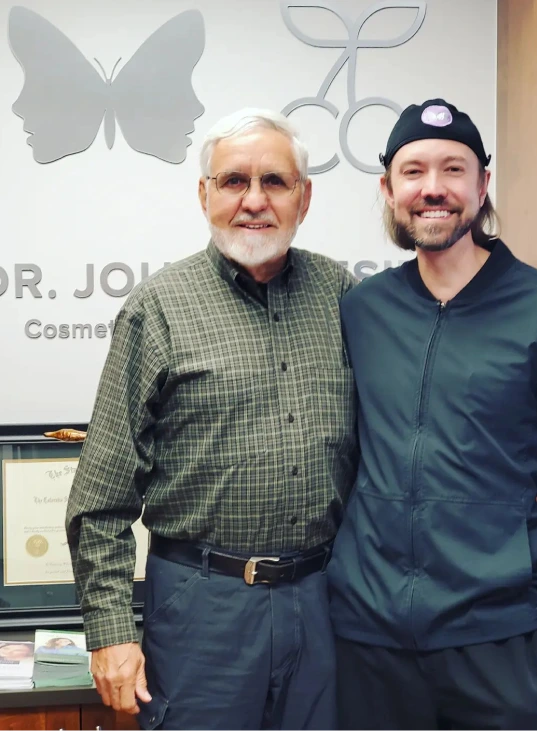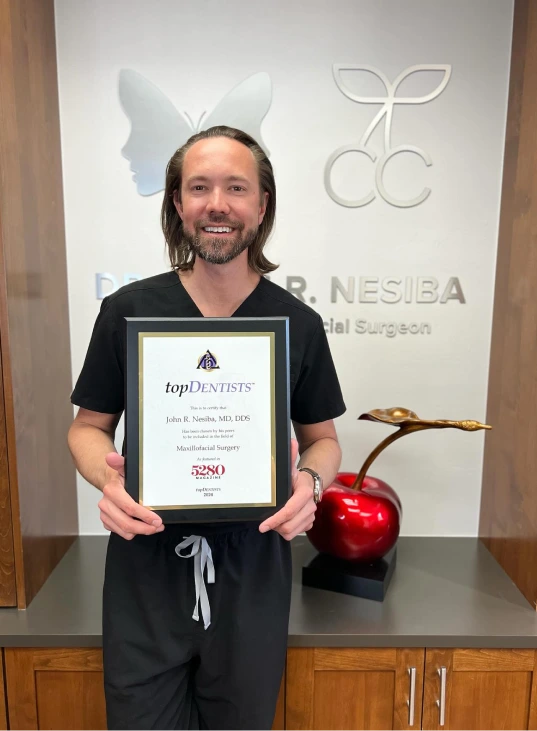Recovery from dental implants typically takes a few months, depending on the complexity of the procedure and individual healing factors. Immediately after the surgery, patients may experience swelling, bruising, minor bleeding, and discomfort at the implant site. Pain is usually manageable with over-the-counter pain relievers, though stronger medication can be prescribed.
During the first 24-48 hours, it is essential to rest, avoid strenuous activity, and follow post-operative care instructions provided by Dr. Nesiba. Applying ice packs can help reduce swelling, and eating soft foods (like soups, yogurt, and smoothies) is recommended to avoid irritation.
Proper oral hygiene is crucial during the recovery period to prevent infection. Patients are usually advised to gently rinse with salt water and avoid brushing directly over the surgical site until cleared by Dr. Nesiba. Smoking and alcohol should be avoided, as they can interfere with healing.
In the following months, osseointegration occurs, where the implant fuses with the jawbone. This process is vital for long-term stability. During follow-up appointments, Dr. Nesiba ensures proper healing and addresses any complications.
This procedure does not require downtime, so patients can return to regular activities immediately after this minor surgery. Full recovery may take up to 6 months, depending on the case.

